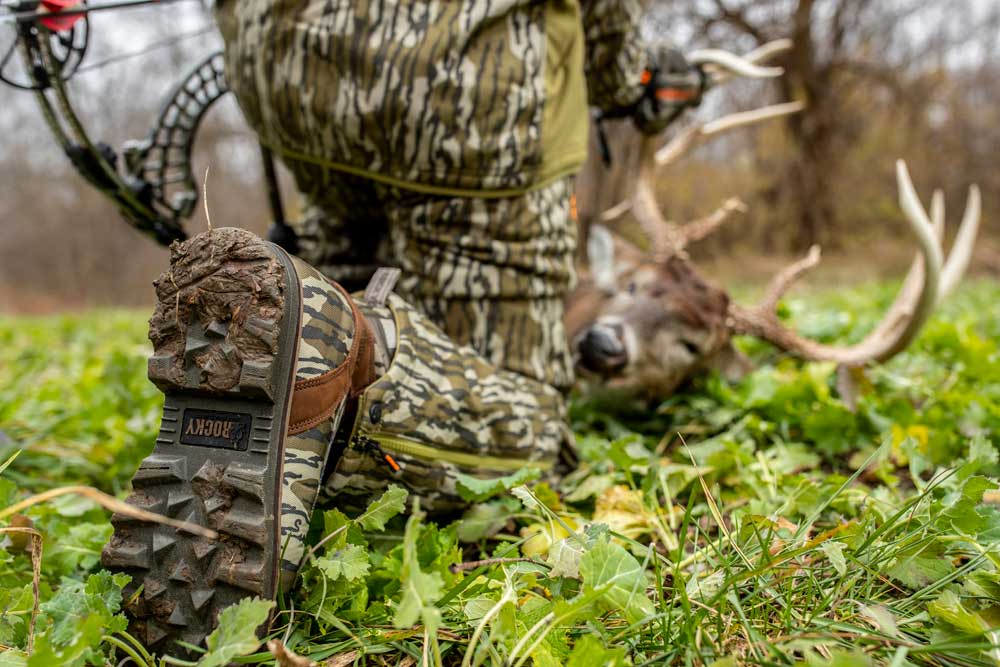Hunters’ success rates continue to increase from olden days, when the local press would make headlines about a buck that was harvested in a tiny town. According to a 2013 study by the Quality Deer Management Association, Virginia has the highest percentage of deer harvested compared with the tags purchased by its Fish and Game Department.
Deer hunting in the Southeast was a success for 58 percent of hunters. The Midwest had a success rate of only 42 percent, and the Idaho Fish And Game Department recorded a 20-percent success rate in 2012 for hunters who hunted elk. The habitats in these regions do not support deer as well as those of the southeastern United States, decreasing your chances for a successful hunt.
The success of your hunts will be largely determined by how well you have prepared in advance. The following four tips are for hunters at all levels of experience.
General Maintenance
You don’t want a “click”, ready, aim and shoot scenario to occur on your very first hunt. Every offseason, general firearms maintenance is recommended to avoid residue accumulation and mechanical problems.
Before cleaning the barrel with a borebrush and solvent, it is necessary to field strip your handgun. Clean the outer casing with a nylon bristle and solvent. The owner’s guide should detail the specific points of lubrication for each gun. Use only one or two drops of oil. Too much can attract dirt and defeat your purpose. You can use the same method to clean a rifle, though you will need some kind of vice or makeshift device to keep it in position while cleaning.
The lanyards of hunting calls must be removed. Before storing, acrylic calls must be disassembled and cleaned in soapy water. Alcohol can harm the material. On wooden calls, the inserts and barrels must be removed. Store them in a dry, cool place. The sun can alter the color and cause cracks to appear in the barrel.
Scouting
The technology has simplified and made offseason planning more enjoyable. Aaron Milliken of Whitetail Properties told Outdoor Life magazine that he uses Google Earth for to digitally scout property from above. Look for areas with limited human activity and plenty of deer food. Search for water and fields with grassy areas that are known to attract deer. Water movement over land can help you predict wind patterns.
After you have drawn your map, go to the spot and scout it on foot. The best time to see deer prints is in late March or early April. Consider hanging trail cameras on the trees that have deer rubs. Noting the locations of existing tree stands. They will show both the presence of deer and any unwanted guests.
These factors will give you a good idea of the deer population in your area.

Labels and licenses
Hunting laws are continually changing at the federal and state levels. You must stay informed. In the spring visit your local Fish and Game department and get any brochures and pamphlets available about current regulations. Before issuing licenses, most states require that hunters complete an approved hunter’s education course. In most cases, waterfowl hunter will need to obtain a stamp for migratory birds from the state and federal governments.
Target Practice
Target practice is essential to every hunter during the off-season, unless you are Tom Knapp. Waterfowl hunter’s love clay and skeet shoots with their friends. You can practice your killing shot for deer, bears and other large animals on a shooting range. Bowhunters can also improve their skills by joining archery clubs.
Bobby Unser, former Indianapolis 500 winner and previous president of the United States Senate, once stated that success comes when preparation meets opportunity. Hunters that follow this advice are likely to be successful.